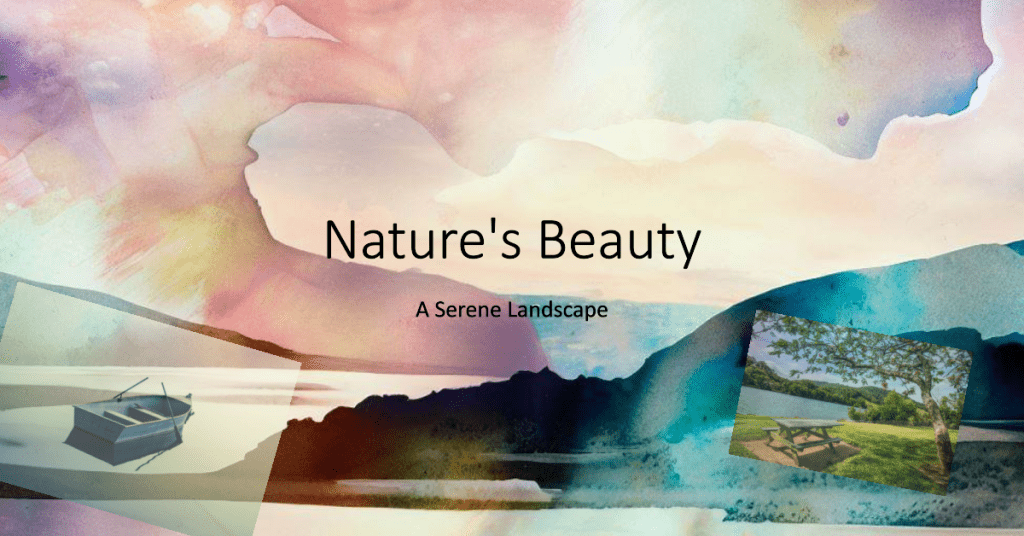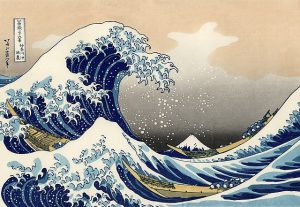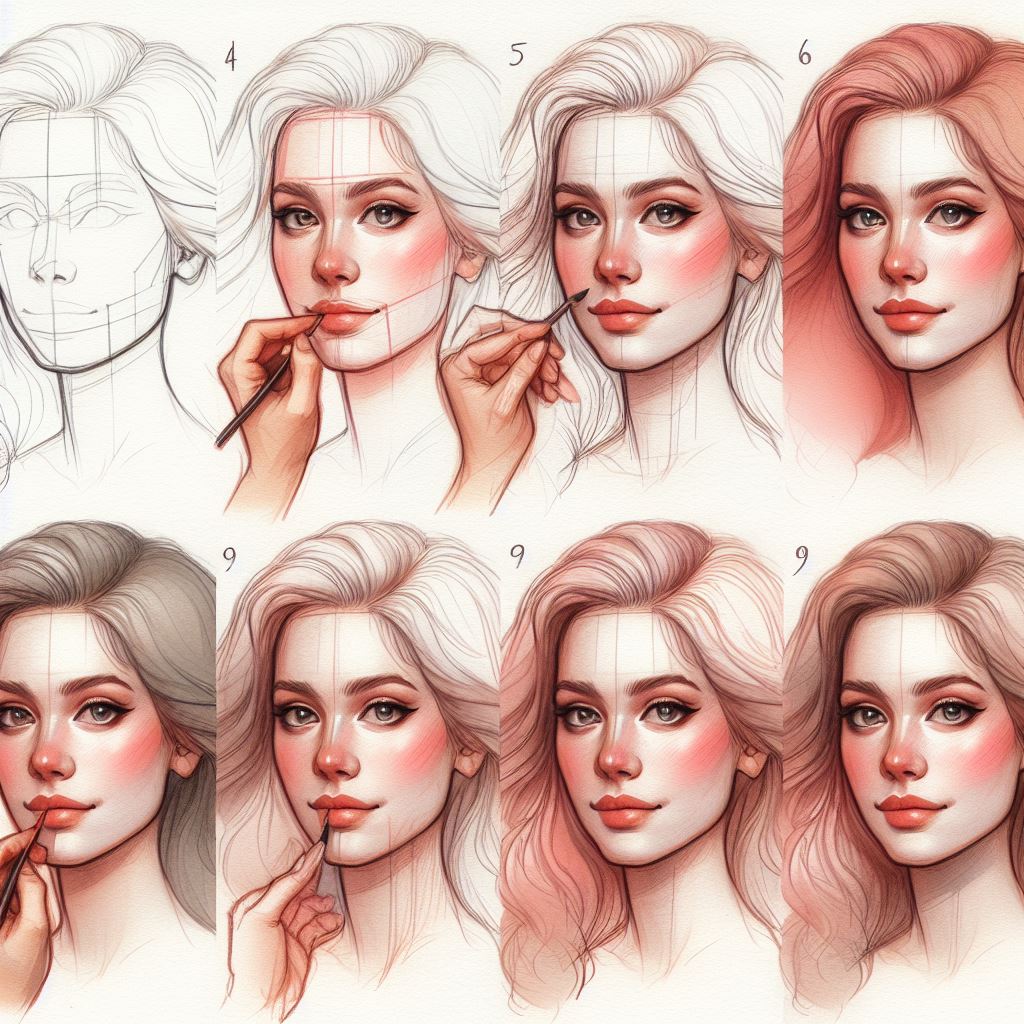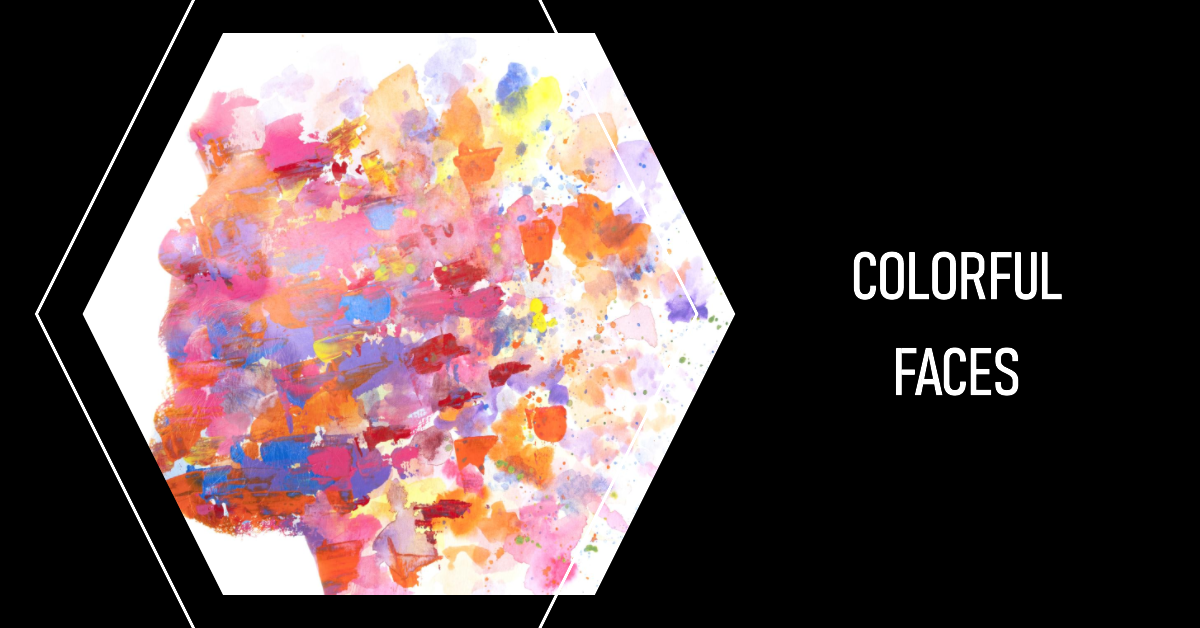The world of art has evolved significantly with the advent of digital technology, providing artists with new tools and techniques to create unique, one-of-a-kind pieces. Combining traditional watercolor painting with digital media is an innovative approach that allows artists to merge the best of both worlds, creating visually stunning and engaging artworks.

Traditional Watercolors Meet Digital Art
Watercolor painting is known for its delicate, translucent, and vibrant qualities. With the introduction of digital watercolor painting software, artists can now achieve realistic watercolor effects in a digital environment. Programs like Adobe Photoshop, Painter, and Rebelle offer digital artists the ability to create hyper-realistic watercolor paintings with ease.
Mixed Media Techniques
One way to combine watercolors and digital media is to create a physical collage or sculpture using found objects, and then photograph or scan the piece to add digital elements like color correction or typography. This method allows artists to add personal touches to their work while making it accessible to a wider audience online.
Another approach is to print digital line-work onto watercolor paper using pigment-based ink, allowing artists to work with watercolors on top of their digital sketches. This technique enables artists to explore ideas before paint touches paper, ensuring that the final artwork is a perfect blend of traditional and digital media.
Digital Watercolor Tutorials and Resources
There are numerous tutorials and resources available online to help artists learn how to create digital watercolor paintings. YouTube offers a wealth of tutorials on digital watercolor techniques. Additionally, online courses like Mixed Media Watercolor and Digital by School of Visual Storytelling can provide artists with a comprehensive understanding of how to combine traditional watercolors with digital media.
What are some Techniques for combining Watercolors and Digital Media?
There are several techniques for combining watercolors and digital media to create unique and captivating artworks. Some of these techniques include:
- Physical collage or sculpture: Create a physical collage or sculpture using found objects, and then photograph or scan the piece to add digital elements like color correction or typography. This method allows artists to add personal touches to their work while making it accessible to a wider audience online.
- Printing digital line-work: Print digital line-work onto watercolor paper using pigment-based ink, allowing artists to work with watercolors on top of their digital sketches. This technique enables artists to explore ideas before paint touches paper, ensuring that the final artwork is a perfect blend of traditional and digital media.
- Digital watercolor painting software: Programs like Adobe Photoshop, Painter, and Rebelle offer digital artists the ability to create hyper-realistic watercolor paintings with ease. These software programs allow artists to achieve realistic watercolor effects in a digital environment.
- Online tutorials and resources: There are numerous tutorials and resources available online to help artists learn how to create digital watercolor paintings. YouTube offers a wealth of tutorials on digital watercolor techniques, such as the videos by www.theartofeducation.edu. Additionally, online courses like Mixed Media Watercolor and Digital by School of Visual Storytelling can provide artists with a comprehensive understanding of how to combine traditional watercolors with digital media.
By exploring these techniques and learning from the work of other mixed-media artists, you can develop your own distinctive style and push the boundaries of artistic expression.
Inspirational Mixed-Media Artists
Many contemporary artists have successfully combined watercolors and digital media in their work. Some examples include:
- Stev’nn Hall: who merges paintings with photographs to create surreal and whimsical landscapes.
- John Keaveney: a London-based illustrator who combines traditional painting methods with digital finishing techniques.
- Richard Johnson: a Californian-based artist who creates digital portraits and then prints and paints over them by hand to produce one-off masterpieces.
10 artworks using watercolor and mixed media together

- “The Great Wave off Kanagawa” by Katsushika Hokusai This iconic Japanese woodblock print is a masterpiece of watercolor and mixed media. The waves are rendered in watercolor, while the rocks and boats are in ink. The print is a stunning example of how two different media can be used together to create a powerful and evocative image.
- “The Garden of Earthly Delights” by Hieronymus Bosch This triptych is a complex and allegorical work of art that is full of symbolism. The watercolors are used to create a sense of atmosphere and mood, while the mixed media elements, such as gold leaf and ink, are used to add detail and depth.
- “Water Lilies” by Claude Monet Monet’s series of paintings of water lilies are some of the most famous examples of watercolor and mixed media art. The watercolors are used to capture the delicate beauty of the water lilies, while the mixed media elements, such as pastels and gouache, are used to add texture and depth.
- “The Hay Wain” by John Constable This painting is a classic example of English landscape painting. The watercolors are used to capture the soft light and hazy atmosphere of a summer day, while the mixed media elements, such as pen and ink, are used to add detail and texture.
- “The Starry Night” by Vincent van Gogh This iconic painting is a masterpiece of expressionism. The watercolors are used to create a sense of movement and energy, while the mixed media elements, such as oil paint and pastels, are used to add depth and texture.
- “Guernica” by Pablo Picasso This painting is a powerful anti-war statement. The watercolors are used to create a sense of chaos and destruction, while the mixed media elements, such as charcoal and ink, are used to add detail and intensity.
- “The Scream” by Edvard Munch This painting is a classic example of expressionist art. The watercolors are used to create a sense of anxiety and dread, while the mixed media elements, such as pastels and charcoal, are used to add depth and texture.
- “The Drowning Girl” by Margaret Keane This painting is a haunting and surreal image of a young girl drowning. The watercolors are used to create a sense of atmosphere and mood, while the mixed media elements, such as gouache and ink, are used to add detail and depth.
- “The Flowering Apple Tree” by Georgia O’Keeffe This painting is a beautiful and evocative image of an apple tree in bloom. The watercolors are used to capture the delicate beauty of the flowers, while the mixed media elements, such as charcoal and ink, are used to add detail and depth.
- “The Persistence of Memory” by Salvador Dalí This painting is a classic example of surrealism. The watercolors are used to create a sense of dreamlike unreality, while the mixed media elements, such as oil paint and collage, are used to add detail and texture.
These are just a few examples of the many artworks that use watercolor and mixed media together. This combination of media can be used to create a wide variety of effects, from delicate and atmospheric to bold and expressive.
Conclusion
Combining watercolors and digital media is an exciting and innovative way for artists to create unique, captivating artworks. By exploring various techniques and learning from the work of other mixed-media artists, you can develop your own distinctive style and push the boundaries of artistic expression. So, why not give it a try and see where your creativity takes you?

